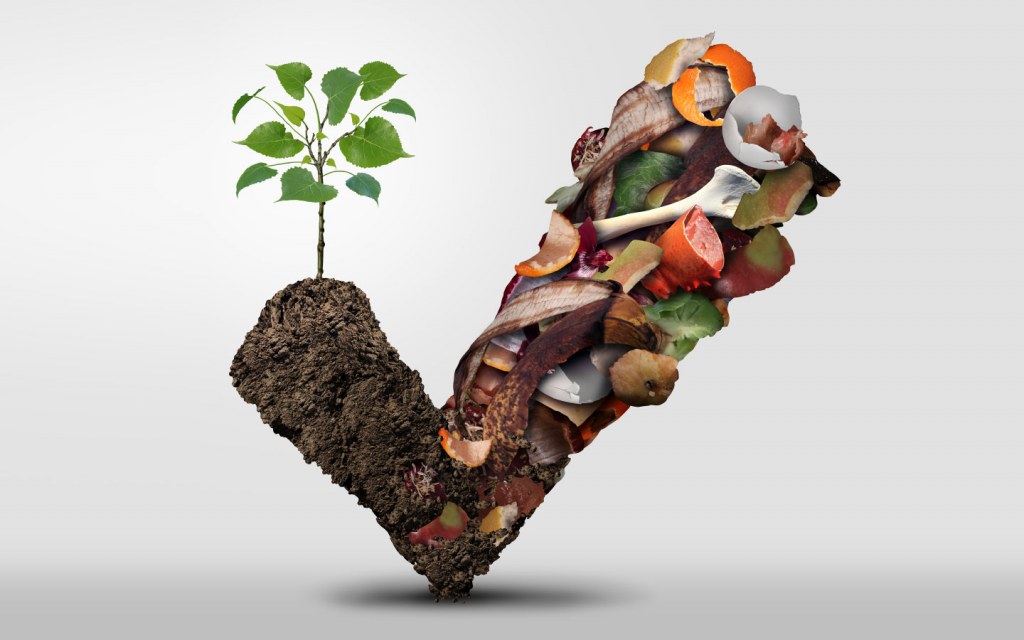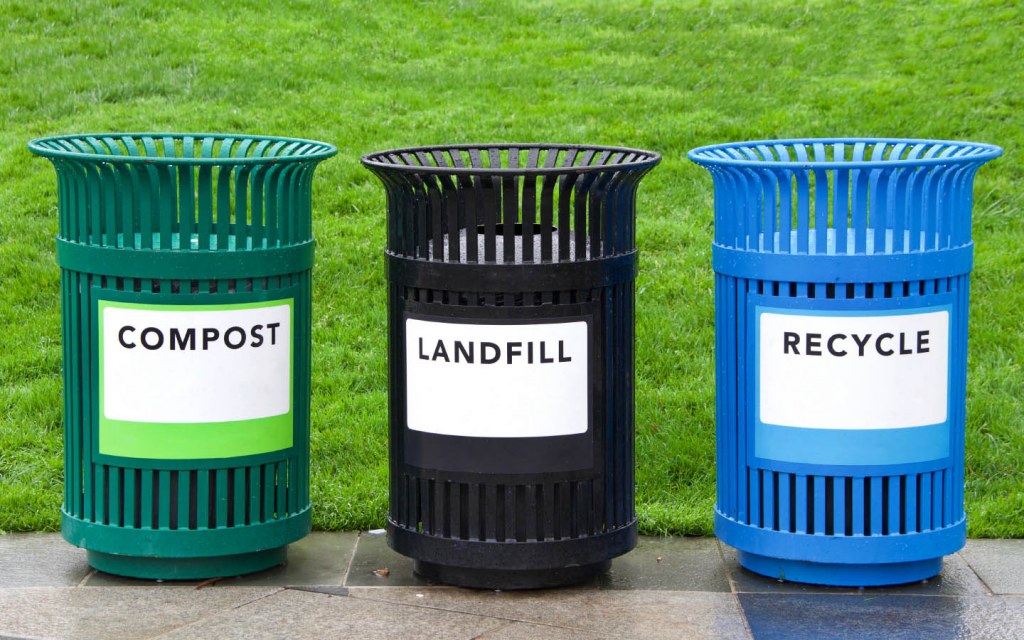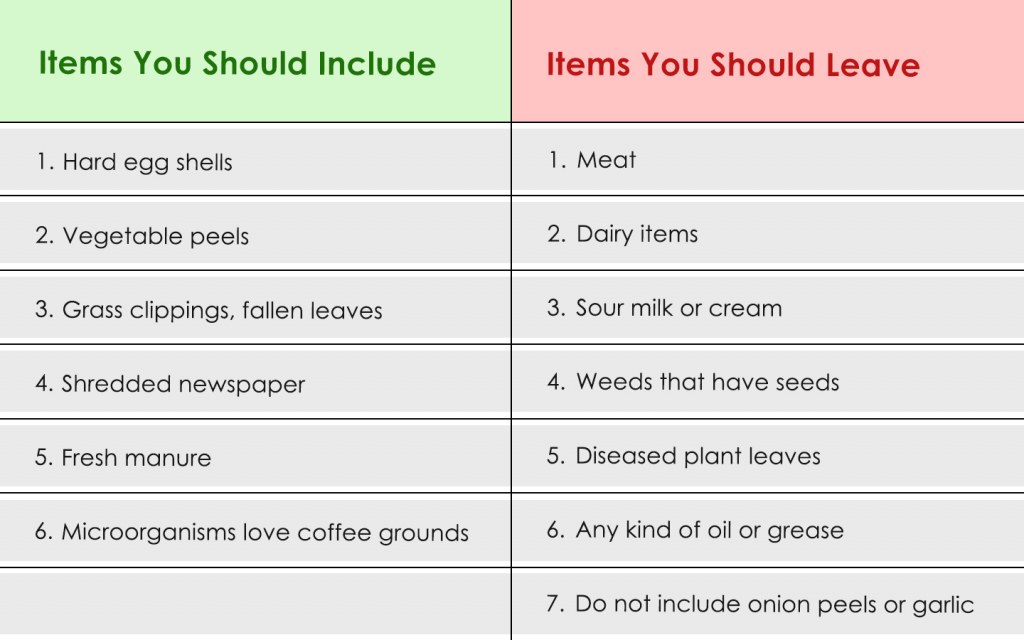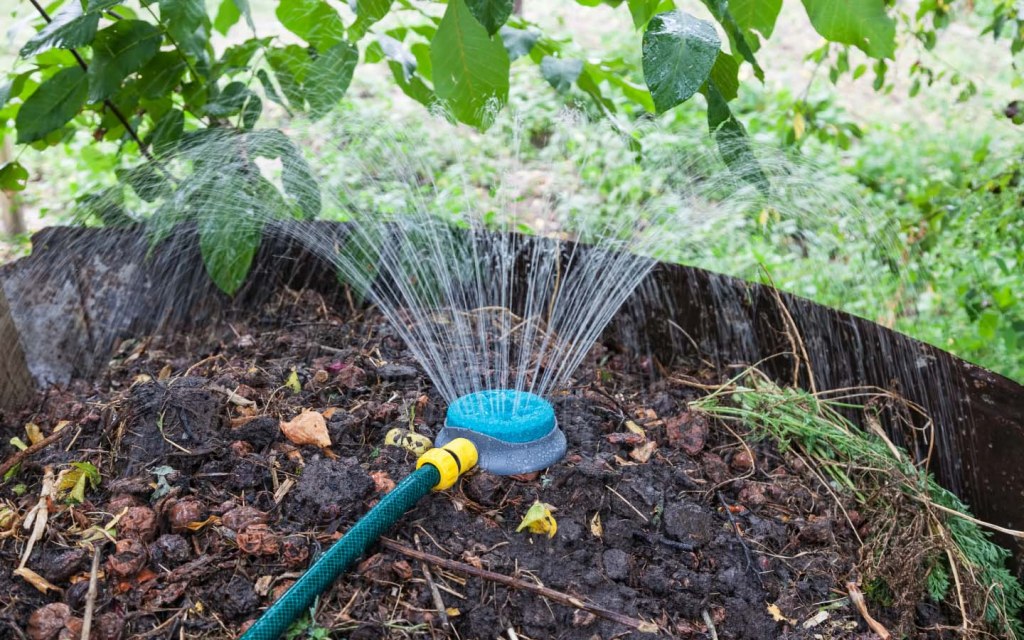Do you know the kitchen scraps you just throw into the dustbin can be turned into ‘black gold?’ Here is how. Next time you have something left on your plate after having a dinner, toss it into your compost bin, instead of discarding it. Gradually, it will turn into compost for your soil. You’ll kill two birds with one stone: you’ll waste less food and, at the same time, play your part in conserving the environment.
But as easy as this sounds, making a good quality compost from kitchen waste requires more than just tossing bits and pieces into your compost bin. That said, the effort required in composting is worth the hassle. Your garden will get the best organic feed, rich in nutrients. In this blog, we will be sharing tips on how you can make your own compost at home as well as the dos and don’ts of the process.
Benefits of Composting

- One of the major benefits of a homemade compost is that it is free of cost. You don’t have to spend a penny in making your very own organic compost. All you need is kitchen waste, fallen leaves, some soil, shredded paper and grass.
- You can also save money by utilizing kitchen waste that would otherwise go to a landfill site and make a rich fertilizer for your soil. Plus, compost helps the soil to retain water and keeps it aerated therefore plants need less water to survive.
- Organic compost mixed with soil rich in nutrients produce best quality vegetables, flowers and herbs.
- It helps build the soil of your garden and keeps the soil aerated
- When you mix compost in your soil, it helps develop the roots of your plants. The organic compost matter helps microorganisms to flourish, which maintains the PH level of the soil.
- Compost helps loosen the soil that becomes clay like
- Compost is the best alternate to a fertilizer. You can directly mix compost into the soil. It contains nutrients which the plants need for their growth. There is nitrogen, potassium and phosphorous. It also provides micro-nutrients like cobalt, iodine, boron, copper, iron, and zinc.
- It feels nice to have taken part in an eco-friendly activity by turning trash into treasure.
How to make compost at home?
Prepare a Compost Bin

In order to make a homemade compost, choose a discreet location that is far away from an inhabited place. If you want your neighbours to be happy, place your compost bin in an area where they can’t get any whiff of unpleasant smell. You would also want to find a spot where there is good airflow, water access and enough sunlight to keep the place warm.
Throw kitchen waste into compost bin
As easy as this sounds, not all kinds of scraps can go into the compost bin. Choose items that can decompose easily and are the favourite food of microorganisms. For example, you can not include onion peels or garlic in your compost as it repels earthworms. You should include shredded newspaper, vegetable peels, fruit rinds, grass clippings and egg shells to make a rich compost from kitchen waste. Here is a checklist of what is good and bad for compost.

Monitor temperature and moisture
In order to achieve the right compost by maintaining the right carbon to nitrogen balance, combine wet green ingredients and dry ingredients. Also, test the temperature of your compost from time to time. You can insert your hand in the middle of your compost pile. If it feels hot, it means the compost is coming out fine. If the temperature is the same as the air outside, then maybe the microorganisms have slowed down the composting process. It basically suggests that they are not active. You can increase microbial activity in your compost by providing the microbes a little bit of moisture. If you add in a lot of water it might kill the bacteria. It should just be moist not soaking wet.

Maintain a Carbon to Nitrogen Ratio
For a good organic DIY compost, maintain a balanced Carbon to Nitrogen ratio. If there is not enough nitrogen in the compost bin it will slow down the decomposing process. If there is less carbon it will give off a bad smell. Try to strike a balance between green and brown things. Green items include fruit rinds, vegetable peels, grass and brown items include fallen leaves, shredded newspaper and straw. So if you see your compost is more on the dry side, add the green items and keep it moist.
Keep it aerated
All living things breathe. Even the little microorganisms want some oxygen. Make sure you mix the pile every now and then to keep it aerated. Use a garden fork to mix your compost well. It is important to effectively decompose your compost if air passes through it. When compost piles are not properly aerated they leave a bad odor. Therefore, it is important that air passes through your compost pile. To make a nice blend of compost, mix soil too. It will take around 6 to 7 months for your compost to be ready.
How to use your DIY compost
Once your DIY compost is ready, it is time to reap the fruits of your labour. Spread the compost mixture liberally on your lawn. Maybe a 3-inch layer of compost for your garden is a good amount of compost. It will provide your plants with the right nutrients. You can also spread your half-rotten compost to the soil in your garden and cover it with mulch or maybe with a layer of topsoil. It will continue decomposing there.
You can also apply the finished compost that will be of a dark, tan colour as well as rich and crumbly. Before planting anything on your soil, spread a layer of this compost. You should also sieve through your ready compost so that any parts that are hard can be screened out. Use this fine compost for new sprouts and plants. Another method of using your compost is using compost in water also known as the compost tea. Some nutrients in the compost are easily mixed.
Take a watering can and fill it up with water. You can take some compost in a cheesecloth and suspend it in your watering can. You will get a dark rich coloured solution fit for your plants.
Be passionate about your garden
Gardening is no longer a hobby, it is a passion for many people. People who are serious about gardening spend a lot of time and effort to make their plants, vegetables and flowers flourish. Fresh manure, soil with the right PH level, good quality seeds, a healthy compost — all of these elements contribute to the health and layout of your garden. Whether you are a pro or a seasonal gardener, try to incorporate all these tips in order to make a good organic compost. If you are eager to change the layout of your garden, you can always take a look at these amazing easy-to-use DIY rock garden ideas. Also, if you have limited space in your backyard you can also set up a vertical garden.



